(NLDO) - One of the most horrifying mummies that mankind has found from ancient Egyptian tombs has just undergone a special examination.
A research team led by archaeologist Lidija McKnight from the University of Manchester (UK) has conducted an autopsy on a terrifying mummy using modern techniques, helping to explore the inside without damaging the present.
It is a monstrous mummy larger than a human mummy, representing the period when ancient Egyptian mummification techniques reached their peak.
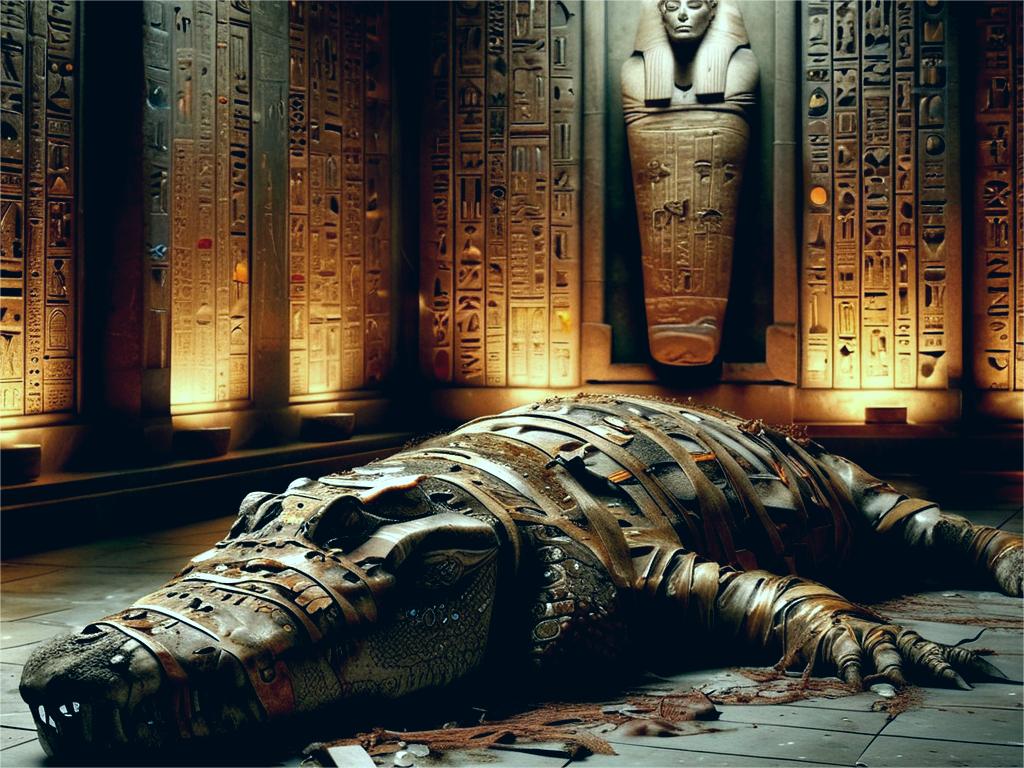
2005.335 is one of the most terrifying artifacts that the ancient Egyptians left behind in the ruins: Crocodile mummy - Photo AI: Anh Thu
The mysterious mummy, code number 2005.335, is currently housed in the Birmingham Museum and Art Gallery (UK) and was once identified as a 2.2 m long crocodile.
Researchers have not found any documents explaining where this fearsome crocodile came from and how it ended up in the museum, only knowing that it could be up to 3,000 years old.
In this study, Dr. McKnight and colleagues used state-of-the-art 3D imaging technology to examine the crocodile to shed light on the final hours of its life and the animal's death.
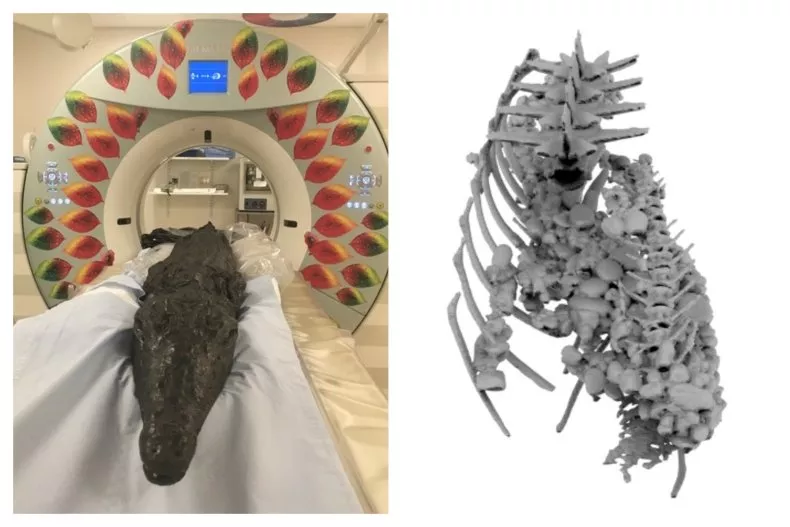
Mummy 2005.335 during examination and a 3D image showing part of the digestive tract - Photo: BRIMINGHAM MUSEUM
"The study has revealed surprising details about the animal's life and post-mortem treatment," Dr. McKnight told Newsweek.
Scans revealed the presence of a fish, attached to a brass hook, which the crocodile appeared to have swallowed whole, with the skeleton largely intact.
According to researchers, swallowing the hook may have caused the crocodile's death.
Other details inside the digestive tract — for example, a large number of small stones called gastroliths concentrated in the upper digestive tract — suggest the animal died before the fish reached the stomach.
Crocodiles often swallow small stones like this to aid digestion.
The short time between the fish being swallowed and the crocodile's death suggests that the ancient Egyptians may have used baited hooks to capture the reptile with the intention of mummifying it in the first place, rather than mummifying it because it was dead.
In that case, the crocodile was mummified as an offering in some ritual.
It is also possible that the crocodile's death was an accident while the ancient Egyptians were fishing. With this theory, it was mummified because it was revered.
In fact, the ancient Egyptians worshiped this large reptile as a representative of Sobek, lord of the Nile.
As top predators, crocodiles were revered for the threat they posed and their symbols were believed by the Egyptians to ward off danger and protect sacred sites from negative influences.
Whatever the reason for its embalming, 2005.335 remains a symbol of ancient beliefs as well as incredible embalming techniques. The crocodile remains highly intact even after the white bandages have been removed, despite 3,000 years of history.
Mummies of several other crocodiles and many animals such as cats, eagles... have been found in Egyptian ruins, but 2005.335 is still a special specimen because of its good preservation.
But where it came from remains a mystery.
Source: https://nld.com.vn/bi-an-ben-trong-xac-uop-quai-vat-ai-cap-3000-tuoi-196240718114520517.htm




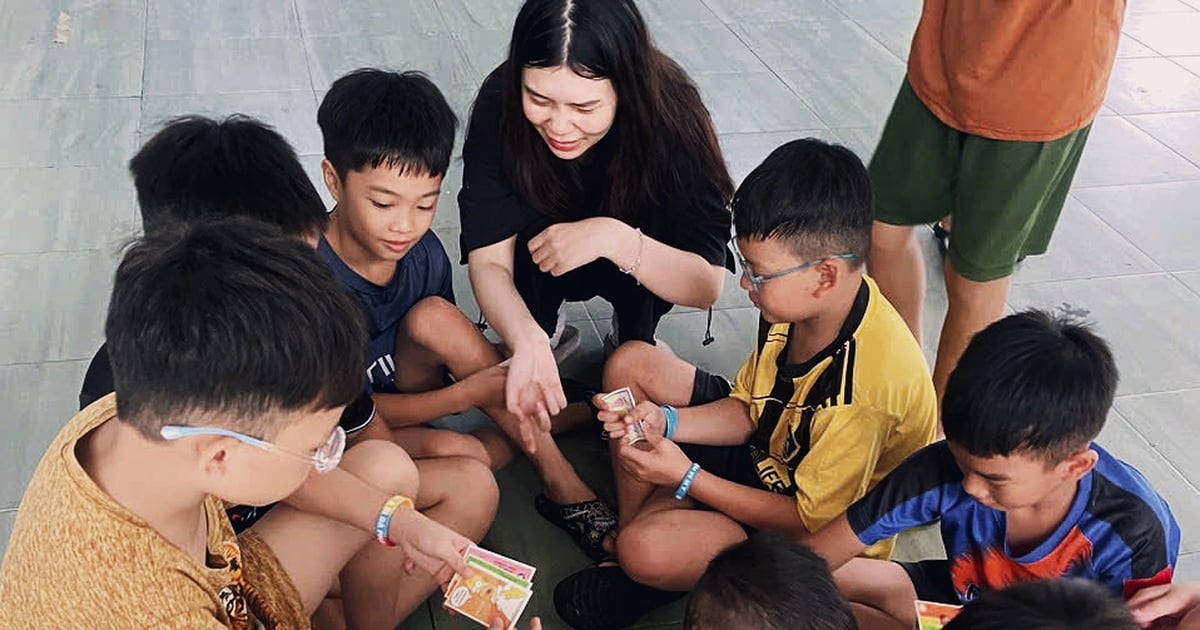




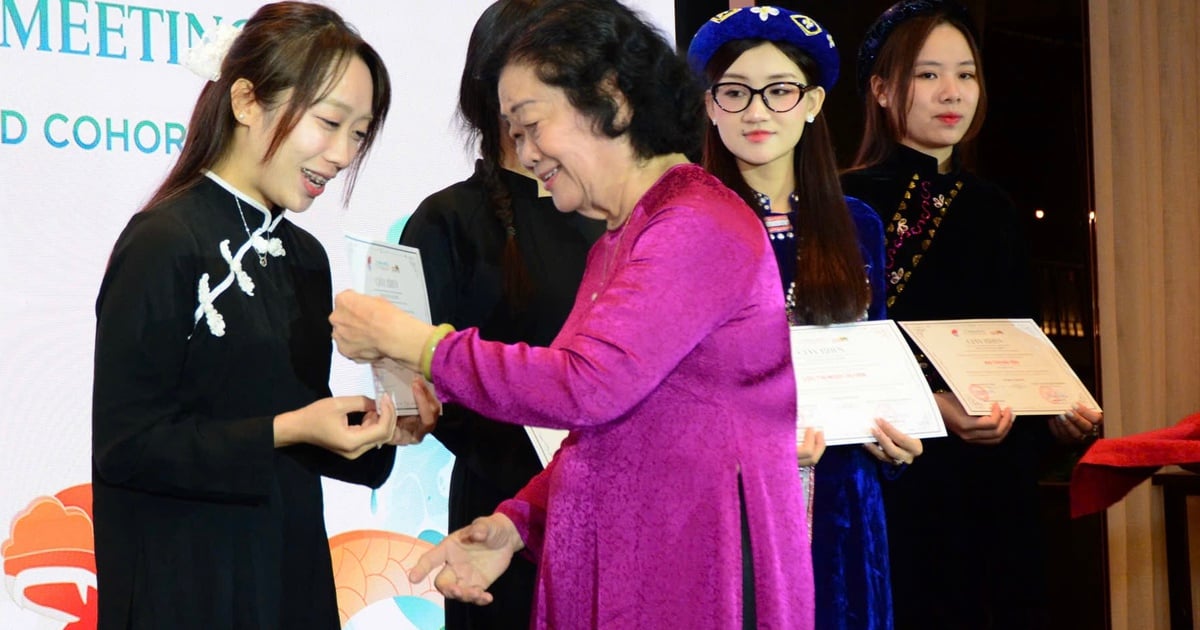
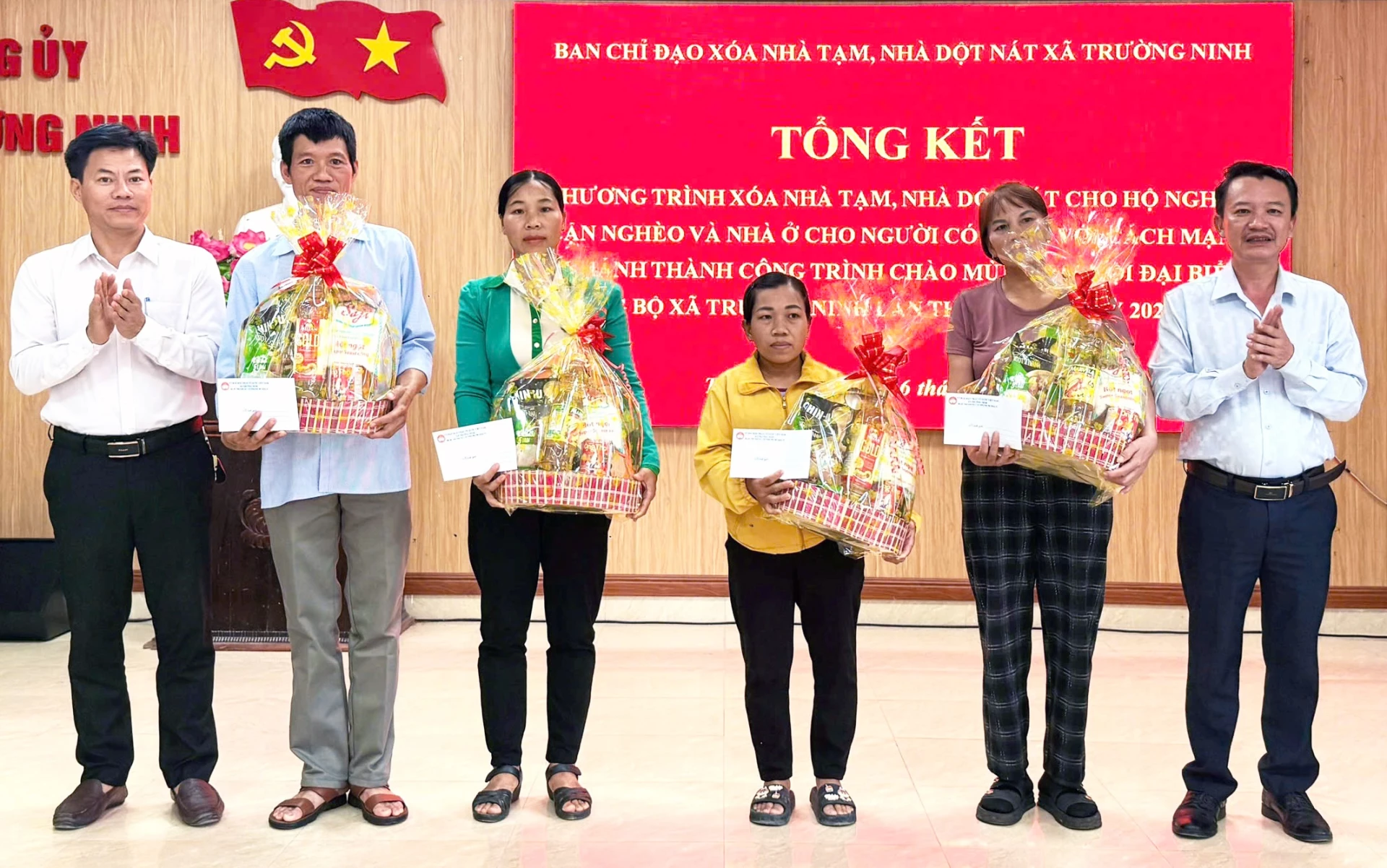












![[Photo] New look of the coastal city on the Han River](https://vstatic.vietnam.vn/vietnam/resource/IMAGE/2025/8/22/26f58a4a29b9407aa5722647f119b498)





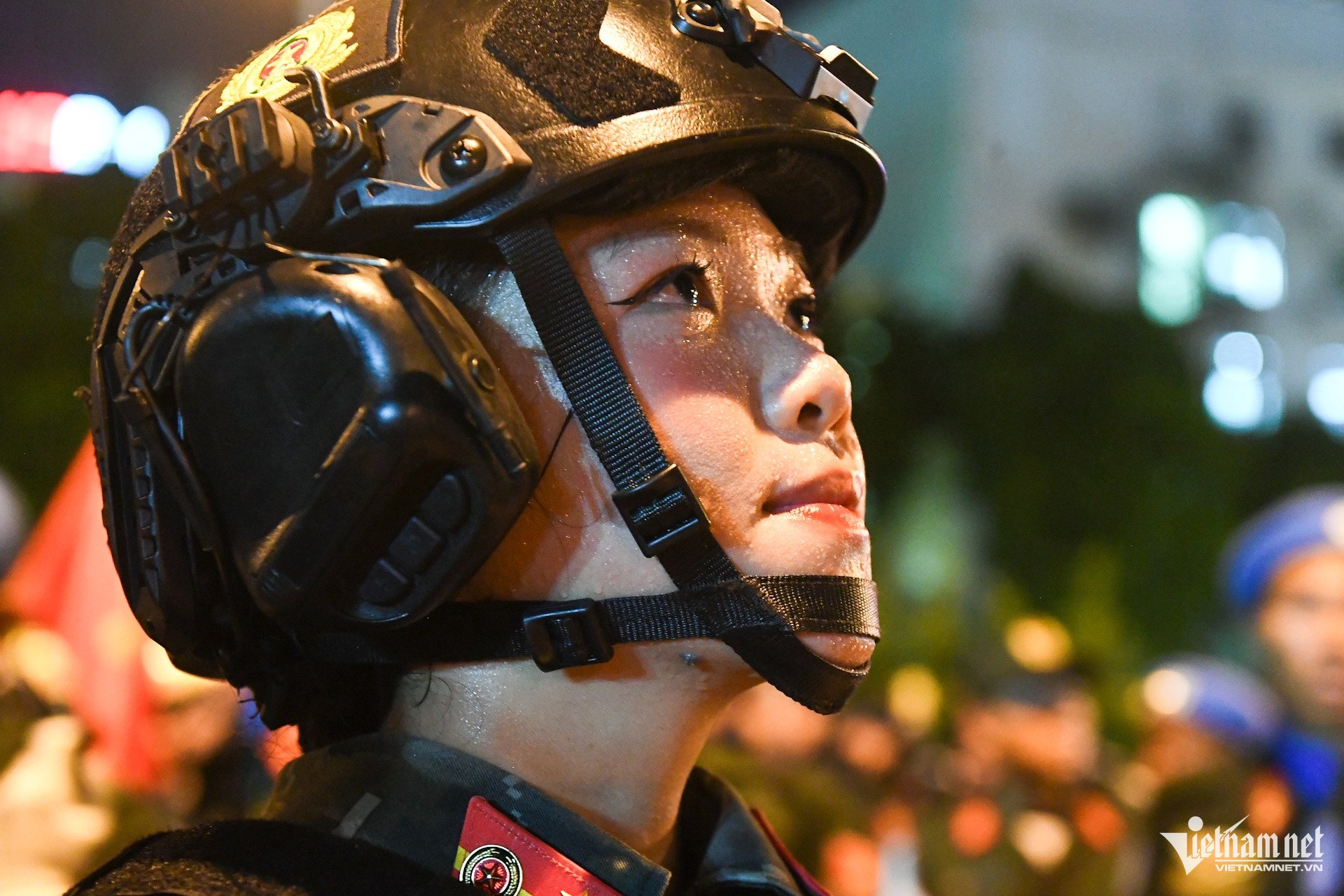


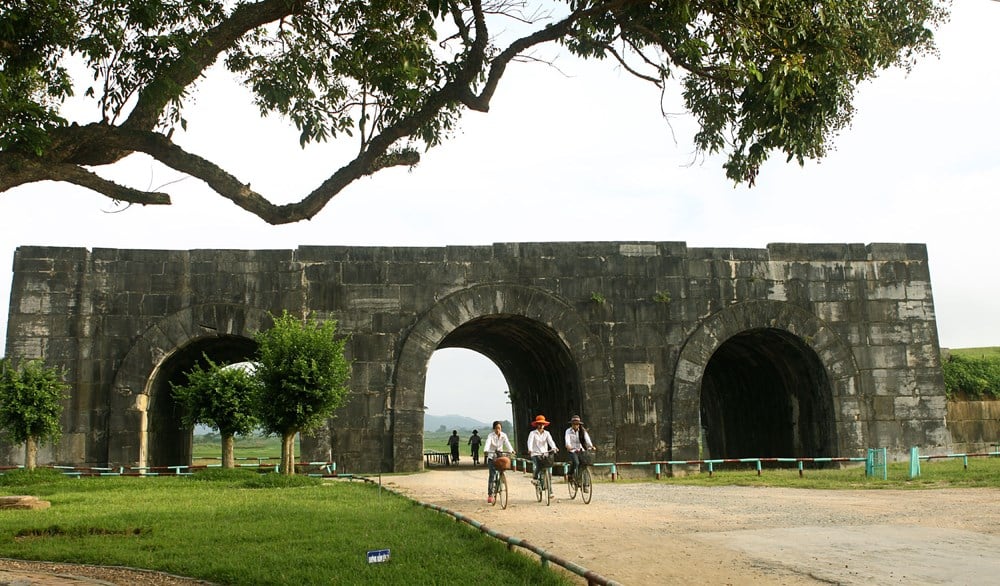






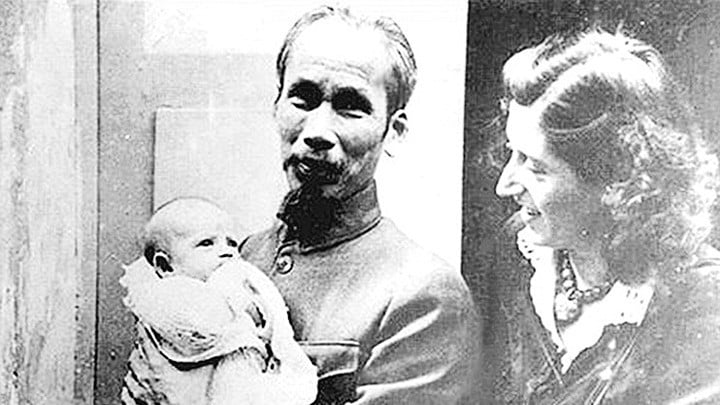























































Comment (0)